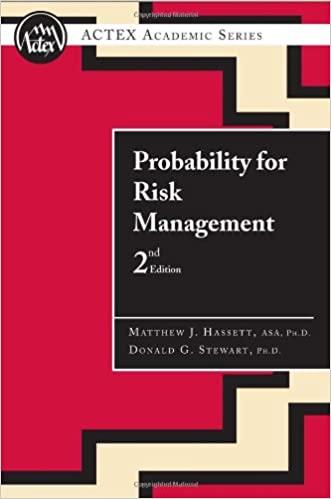Answered step by step
Verified Expert Solution
Question
1 Approved Answer
CASE #4 - PHANTOM FUND (15 marks in total) The following information relates to Questions 8.1-8.5 Phantom Fund, a UK-based globally diversified equity mutual fund,


Step by Step Solution
There are 3 Steps involved in it
Step: 1

Get Instant Access to Expert-Tailored Solutions
See step-by-step solutions with expert insights and AI powered tools for academic success
Step: 2

Step: 3

Ace Your Homework with AI
Get the answers you need in no time with our AI-driven, step-by-step assistance
Get Started


